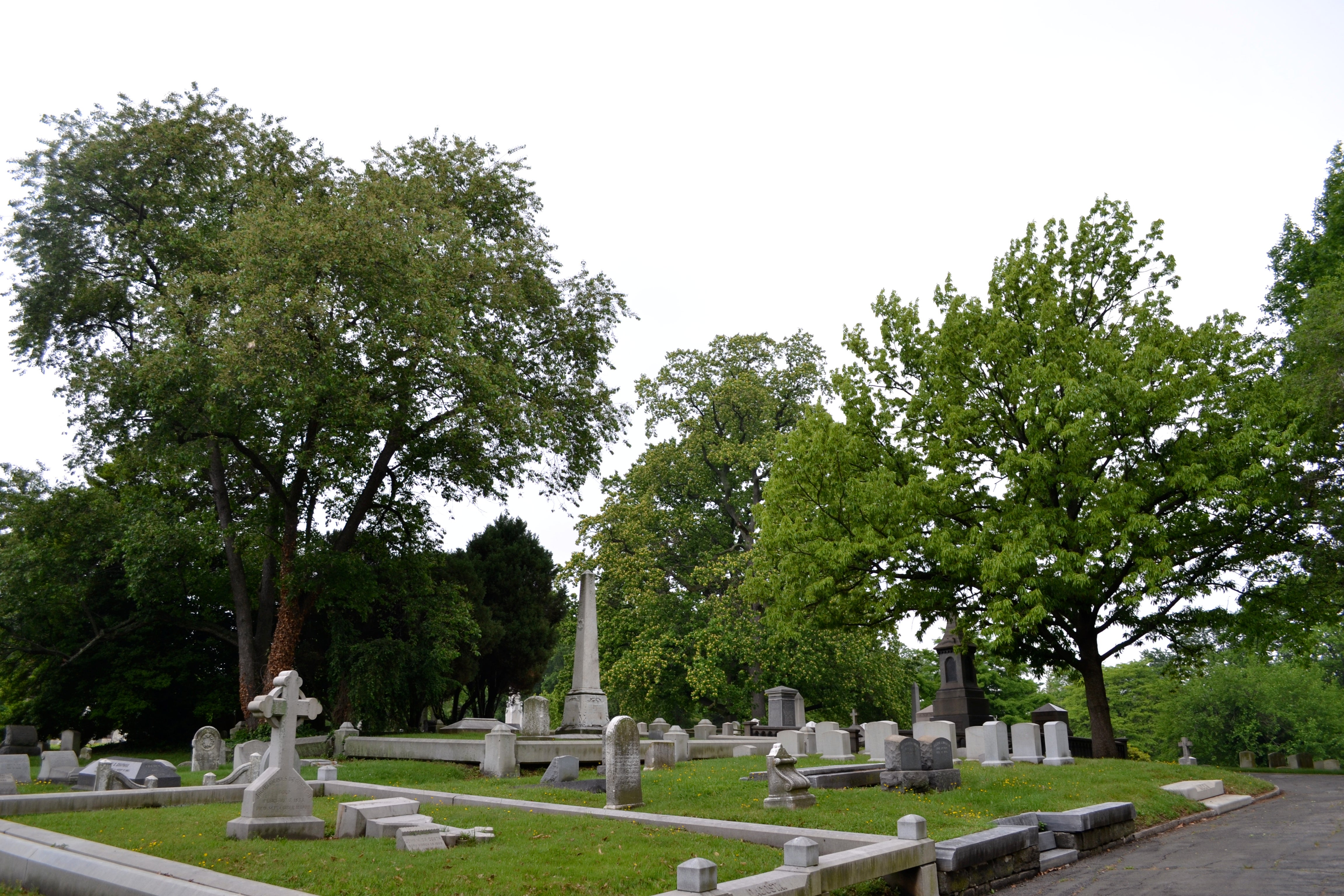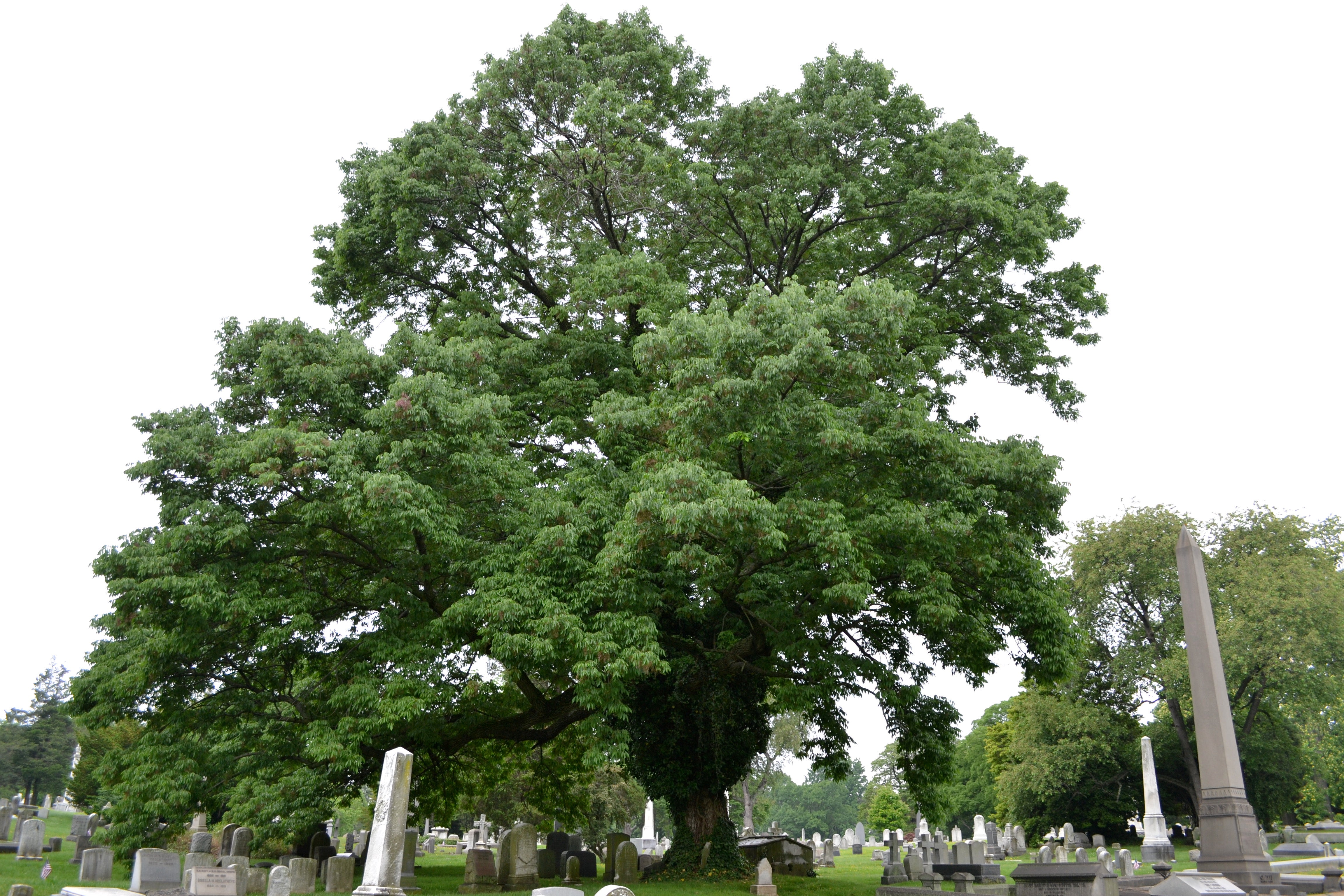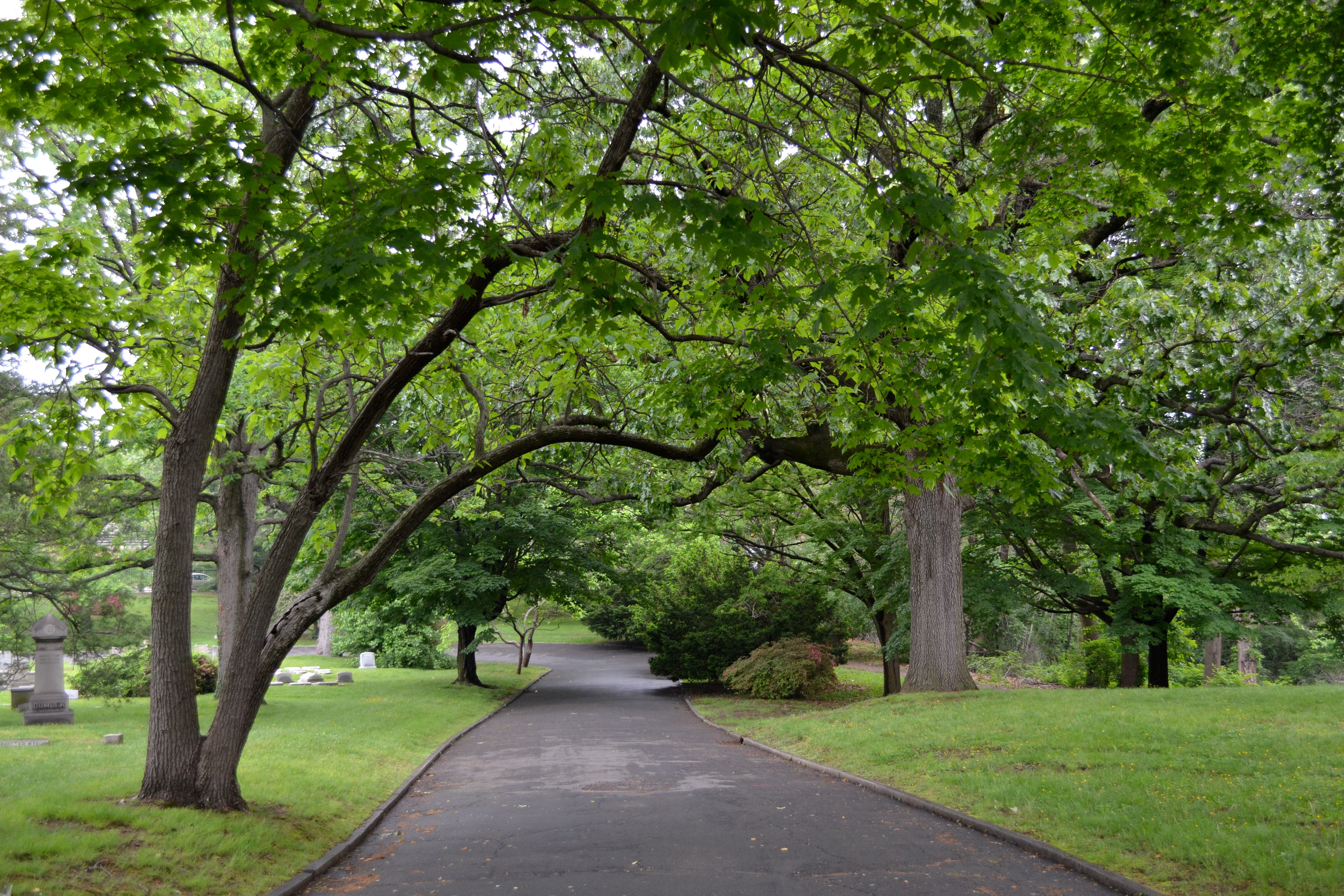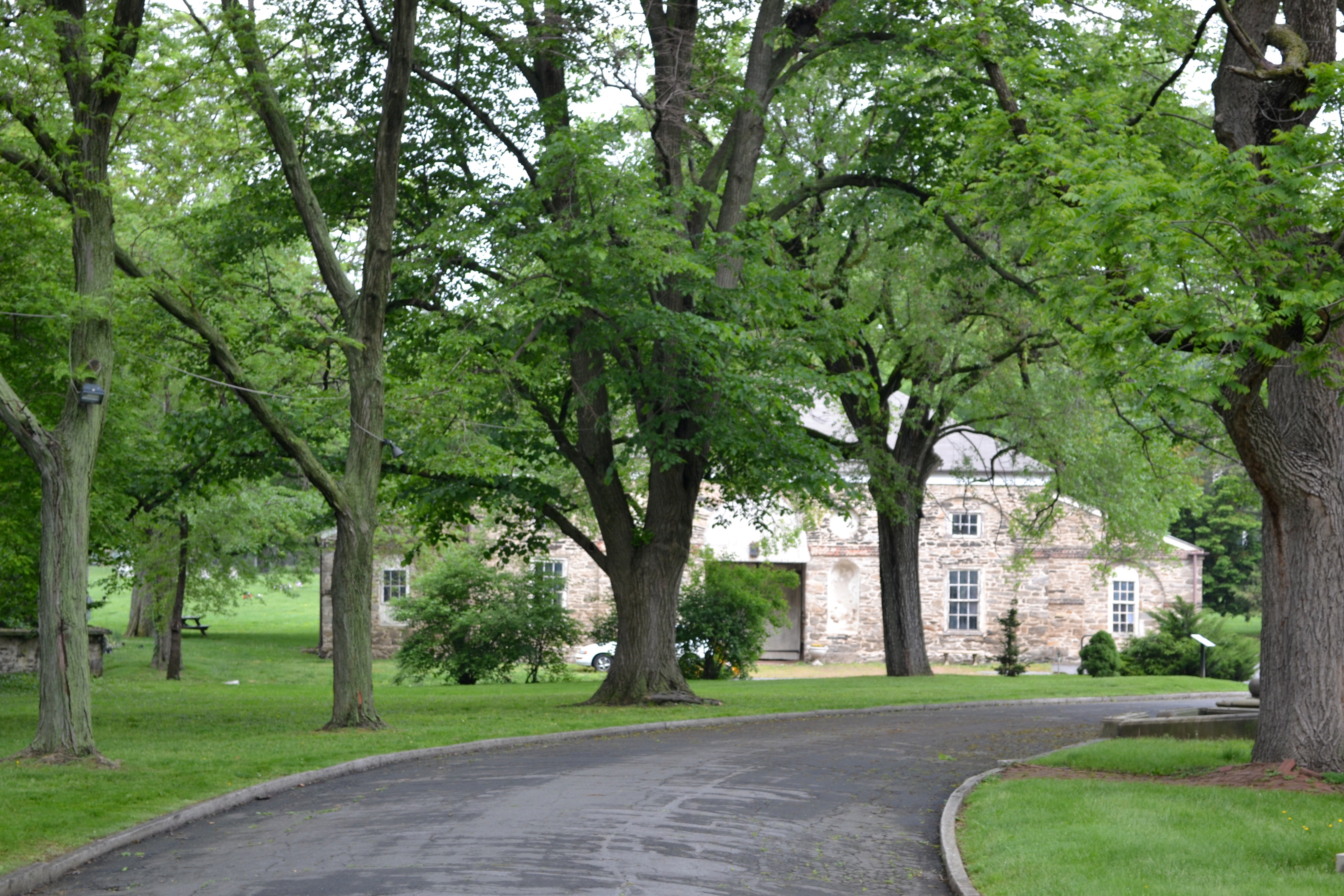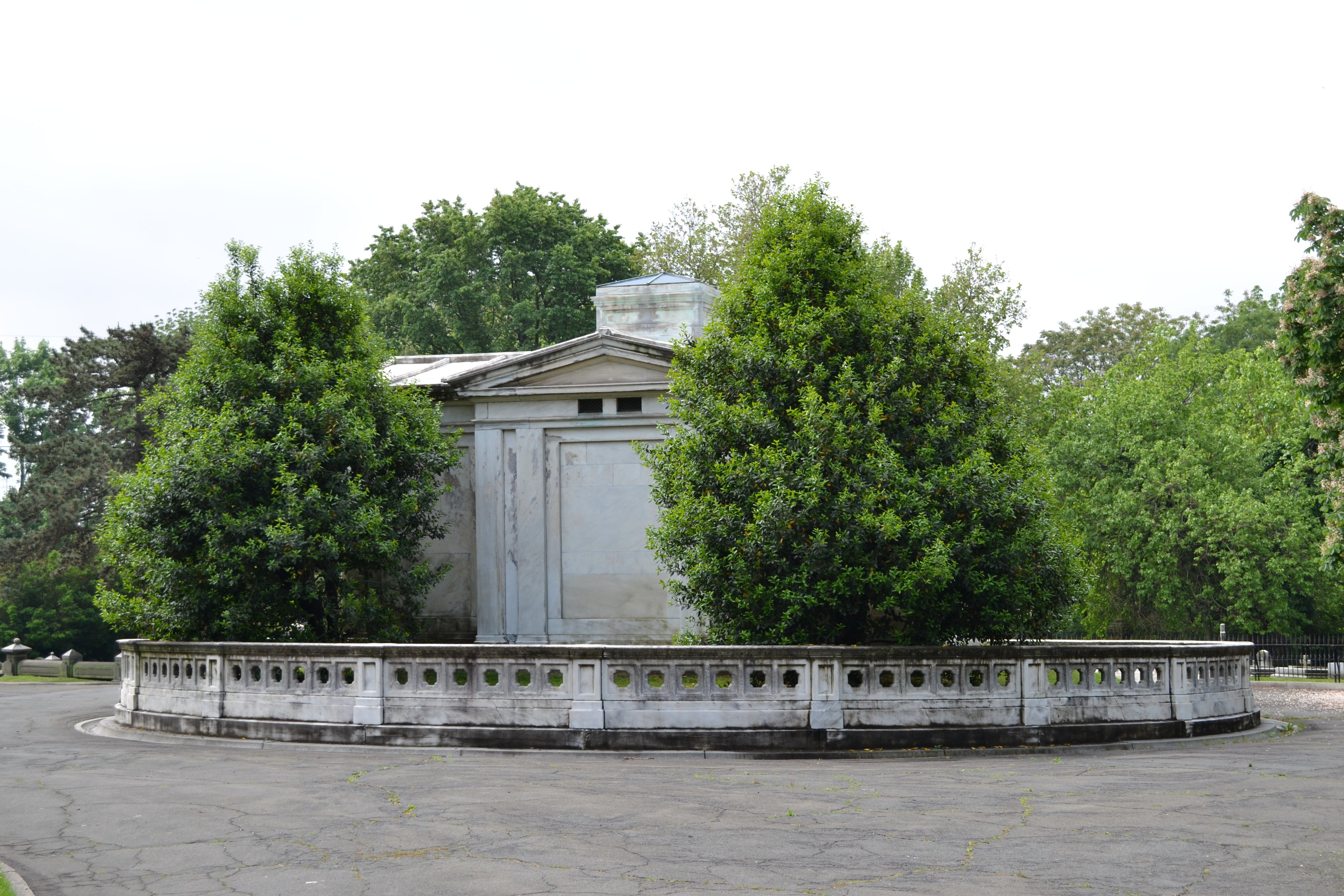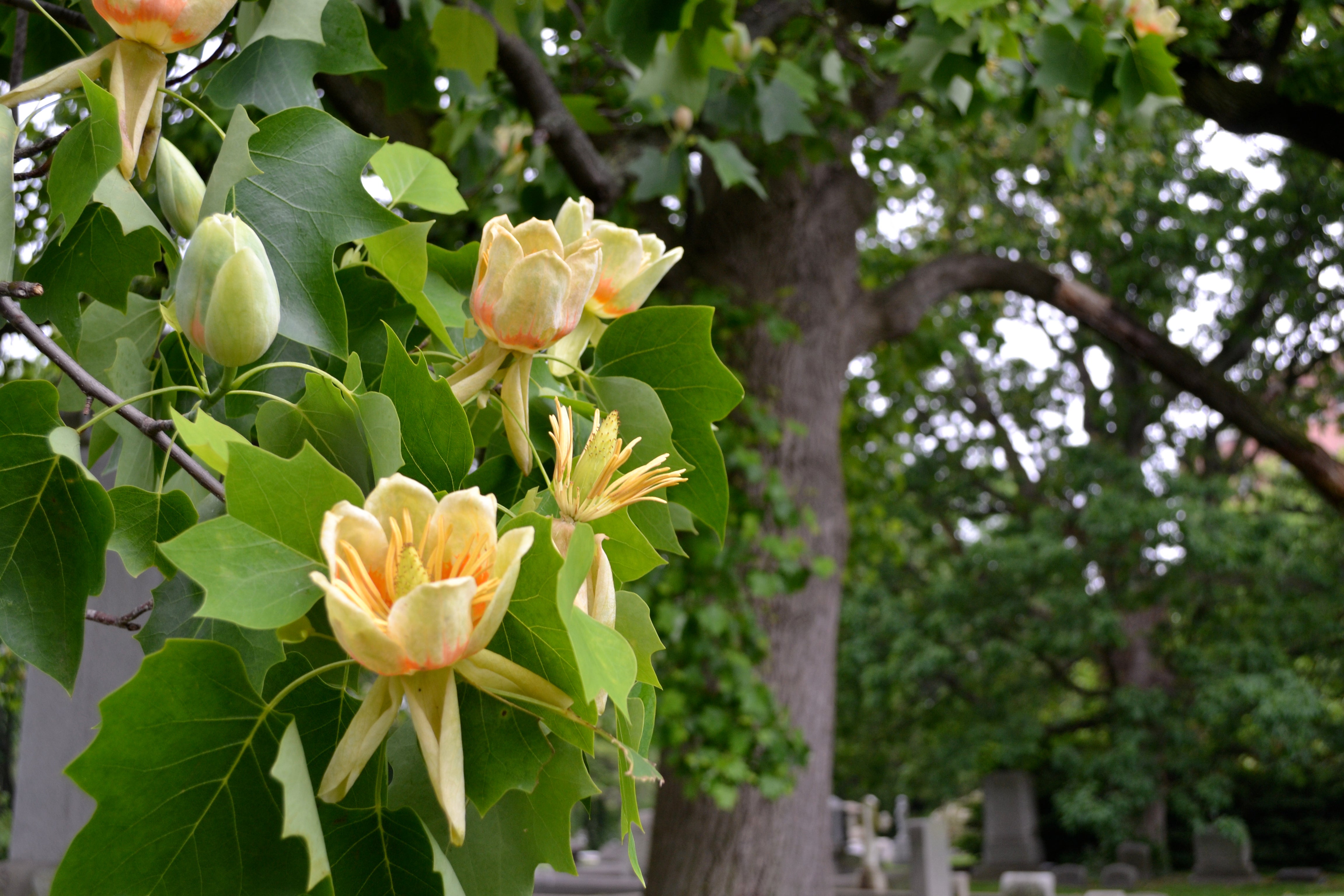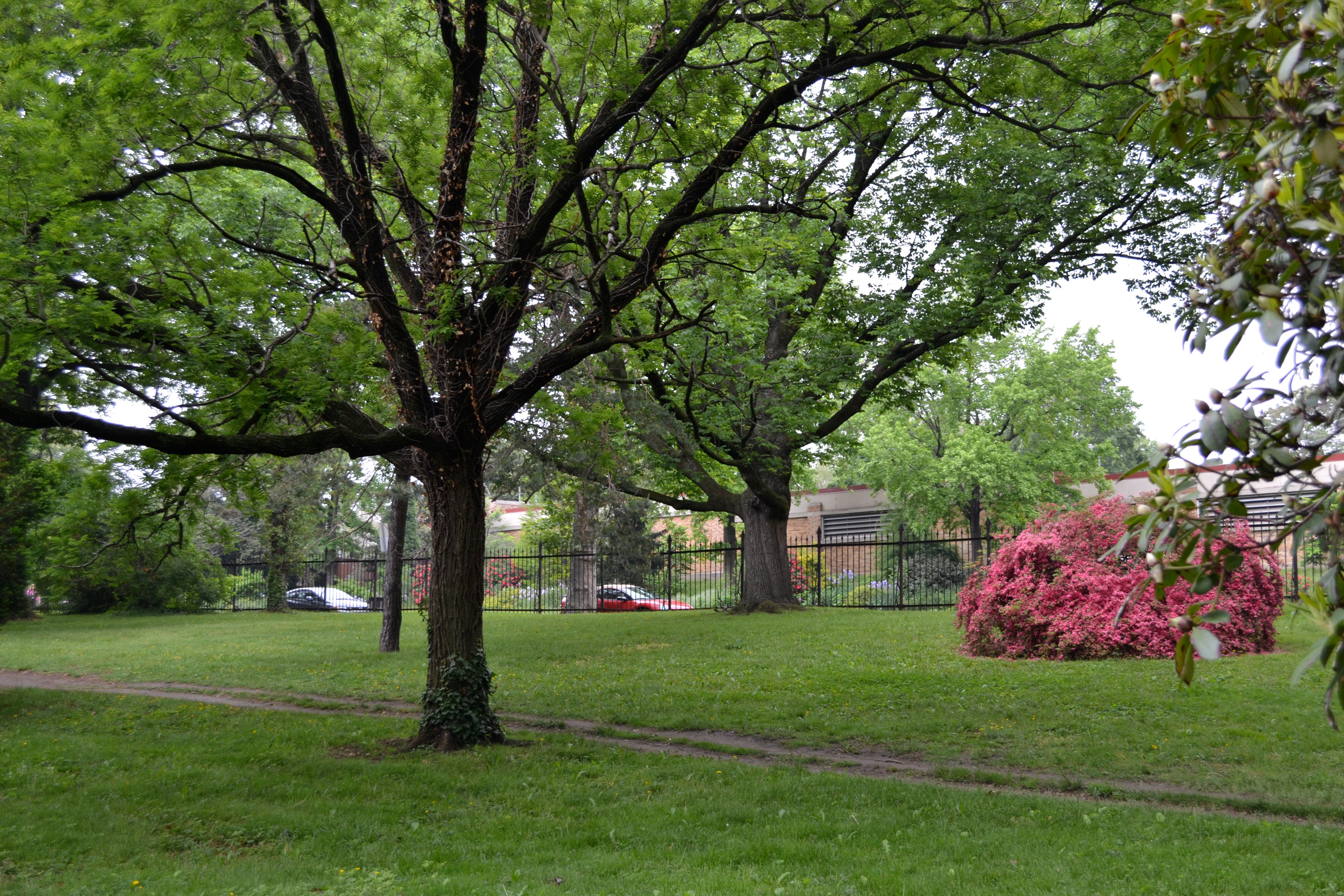Have a say in The Woodlands’ future
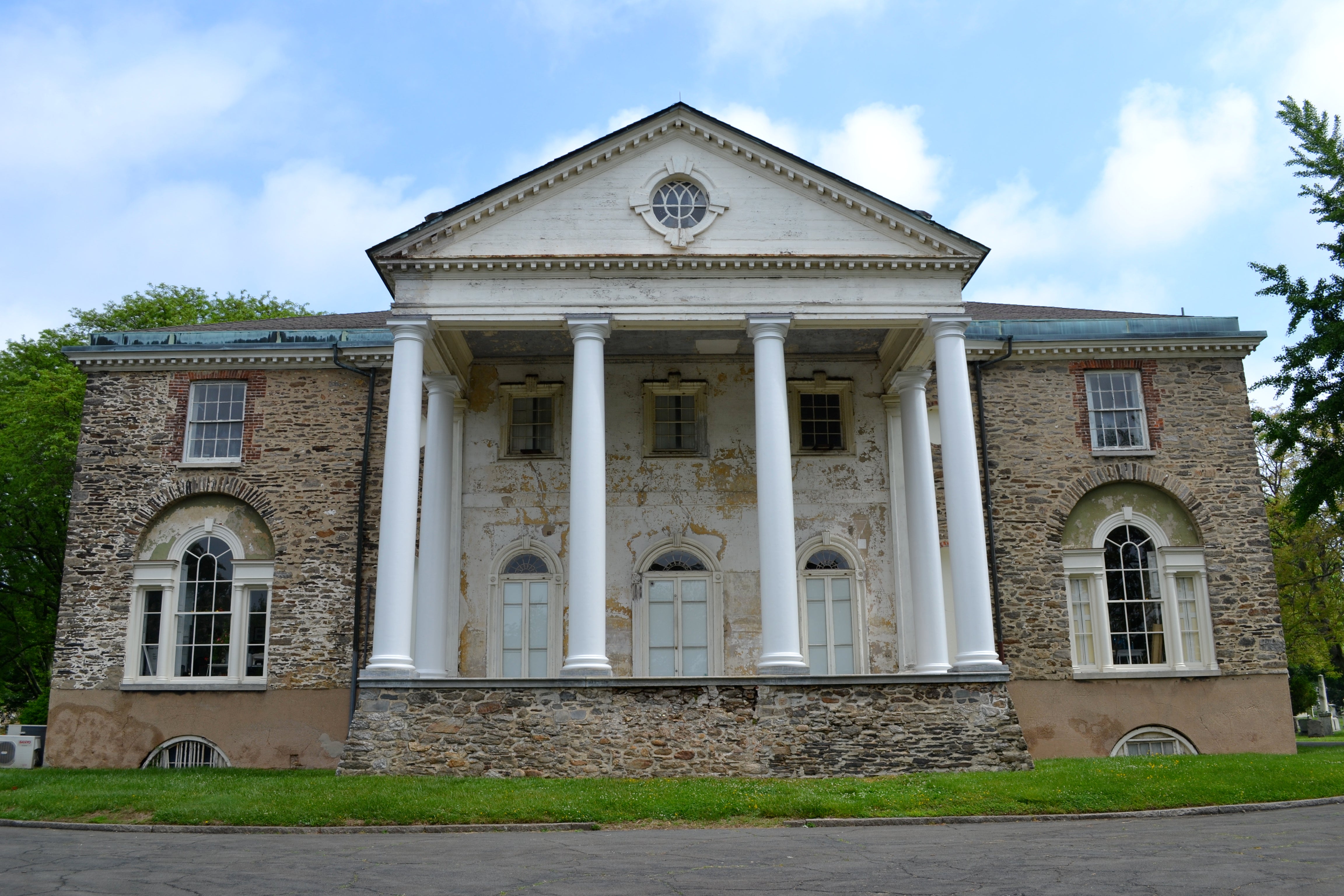
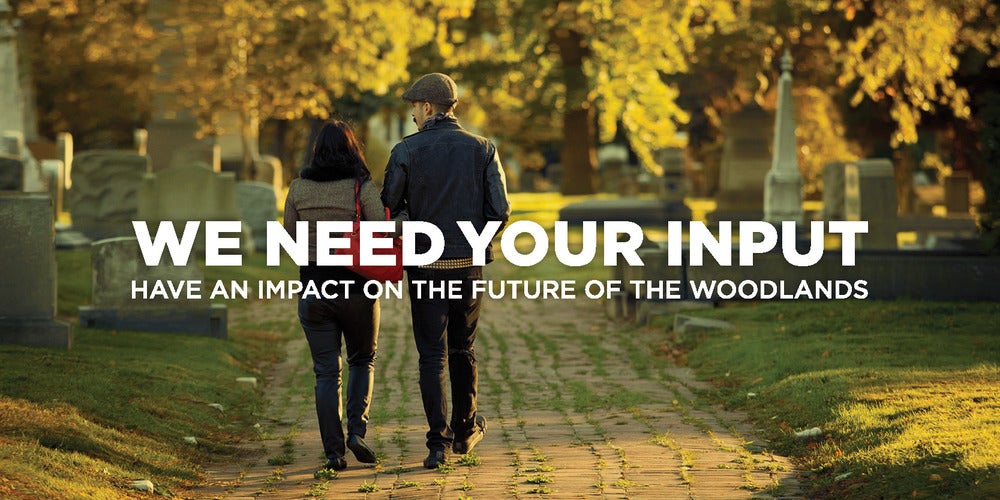
How do you balance the sensitivity required to operate an active cemetery, with the need to preserve and share the rich history of what was once a 600-acre West Philadelphia estate, and foster a community hub with diverse uses like recreation and community events?
That’s the challenge The Woodlands faces and a question staff hope to answer in the master planning process currently underway. Through the end of May, The Woodlands is conducting a survey to better understand how people are using the space and to find out what improvements or changes the users want to see.
For those who have spent time in The Woodlands, the space feels a bit like a secret, green oasis that they and a handful of others have personally discovered. But as The Woodlands digs deeper into its master planning process, Executive Director Jessica Baumert is calling on the community to be more vocal about what an asset the former estate and current cemetery is to the area.
The Woodlands was built in the 18th century as the home of prominent landowner William Hamilton. Hamilton was known for his love of botany, and his introduction of several plant and tree species to North America, and The Woodlands is recognized as one of the earliest examples of the Federal style of architecture. In the 1840s, decades after Hamilton’s death, investors pooled together to purchase the estate’s core 90 acres and preserve it as Woodlands Cemetery. Grid explored the history of The Woodlands in a feature article late last month.
Of the original estate 54 acres remain an active cemetery, but they have also become increasingly popular as a quiet green space for dog walkers and joggers, a spot to read and eat lunch, a safe nook where kids from Neighborhood Bike Works learn to ride and race bikes, a home for community gardeners and more.
Moving forward, The Woodlands – run daily by Baumert and Programs and Communications Coordinator Erica Maust – wants to know what amenities those visitors want to see improved or changed.
One thing users value about the site is that it is a quieter, less busy park space, so there is a balance between fostering these uses and also keeping it quiet.
“The thing we have on our side is that we’re 54 acres,” Baumert said.
Last week The Woodlands hosted the Go West Craft Fest, which was estimated to draw more than 2,000 people.
“Even with an event like that, because the space is so big, you can still find a quiet corner,” Baumert said.
Explaining ownership is another balancing act.
“A lot of people think that we’re publicly owned, and it’s a little bit of a challenge because we need people to know that we’re not publicly owned because we need their support,” Baumert said. “… but we also want to make sure that people realize even though we’re privately owned, we want them to think of us as a public space.”
The Woodlands embarked on the current master plan process in January, with support from the William Penn Foundation. Baumert said she hopes the project will wrap up in November and that the timing is opportune.
“There’s so much stuff happening around us right now,” she said, “so it’s a really great time for us to be doing this planning so we can look at what is happening around us and figure out how we can best fit into the puzzle.”
Bartram’s Mile and the development of Penn’s South Bank Campus are two important, nearby changes. The Woodlands has a long, storied relationship with neighbor Bartram’s Garden, and The Woodlands adds lush greenery to the view across the Schuylkill River from South Bank. The Woodlands also stands to benefit from the 40th Street Trolley Portal makeover that University City District is working on.
“How do you take all of this stuff that’s really important to our future to be a well loved place by the community, but also balance the cemetery and the sensitivity of some of the historic parts of the site – and how do we educate our passive users about the significance of the place?” Baumert asked.
“It’s complicated, definitely, but again because it is such a big space, I think there’s room for everything,” she said. “It’s just figuring out where things make the most sense.”
WHYY is your source for fact-based, in-depth journalism and information. As a nonprofit organization, we rely on financial support from readers like you. Please give today.



